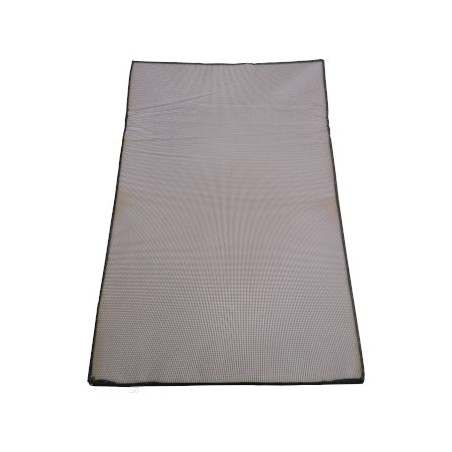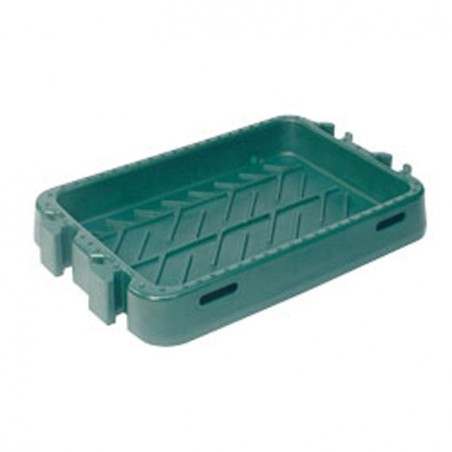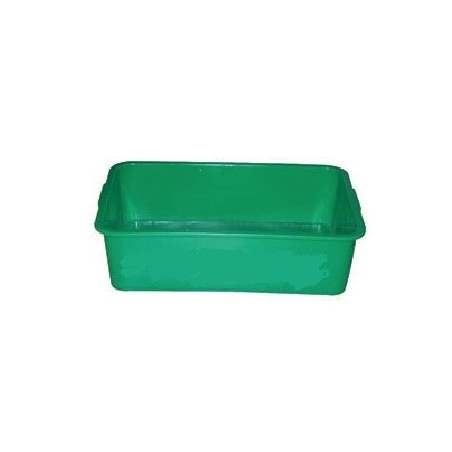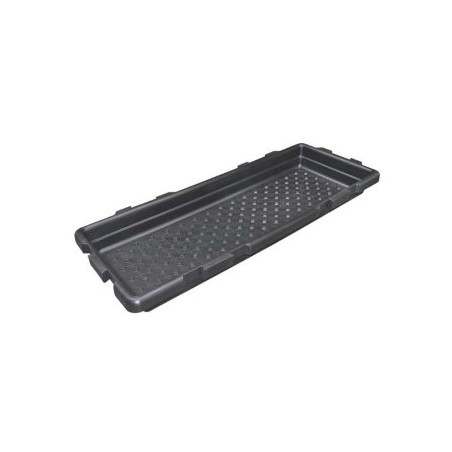In 2023, the French pig herd is expected to continue to progressively decrease. Given this trend, and despite gains in productivity, a decrease in French production seems very likely, according to the FranceAgriMer report "Dairy, meat, and poultry markets, 2022 Balance, 2023 Outlook".
France's export capacities seem limited, and even more so when production tends to decrease. Domestic consumption is traditionally considered the natural outlet for French production, and often exports are only taken into account for surpluses. Even under favorable conditions, the quantities exported tend to reach their limit, as we have seen in 2020-2021.

|
2022 (1000 carcass weight) |
2023* (1000 carcass weight) |
23*/22 (%) |
|
|---|---|---|---|
| Production | 2195.7 | 2149.6 | -2.1 |
| Imports | 654.2 | 681.9 | 4.2 |
| Exports | 670.2 | 663.3 | -1.0 |
| Consumption | 2179.7 | 2168.2 | -0.5 |
*Forecasts. Source: FranceAgriMer.
Given the forecasts for grain and soybean meal prices, pig feed costs are likely to remain high at least through the first quarter of 2023. Therefore, the issue of sustainability for less profitable farms is likely to become increasingly important. In addition, the fall in production is very likely to have an impact on the slaughtering/cutting industry, leading to a possible restructuring of some facilities.
A major unknown is the spread of ASF (African swine fever) in Europe, which is getting closer and closer to France's borders. This is why the agreement between France and China on the recognition of zoning and compartmentalization is an important step forward, since, should France be affected by ASF, exports of pork products to China could continue from the country's ASF-free zones.
February 2023/ Dairy, meat, and poultry markets, 2022 Balance, 2023 Outlook/ FranceAgriMer/ France. https://www.franceagrimer.fr/












